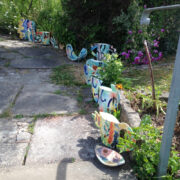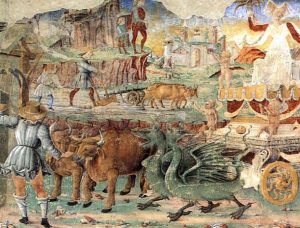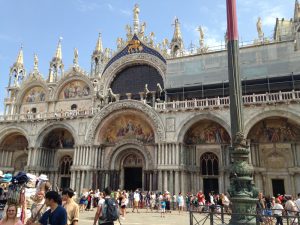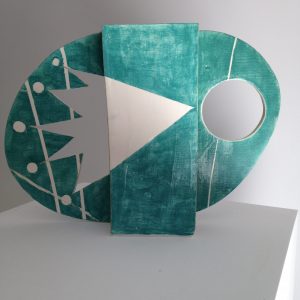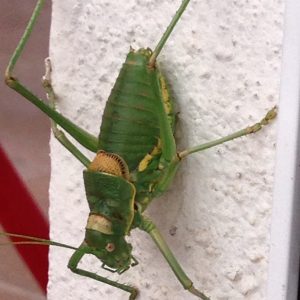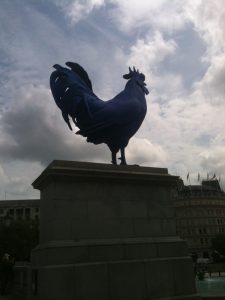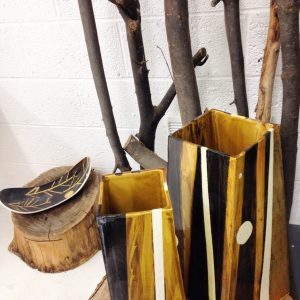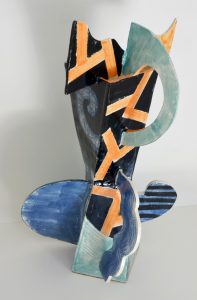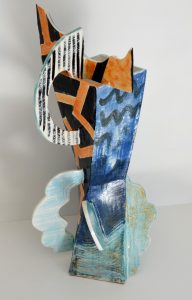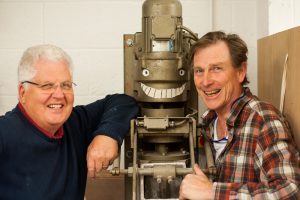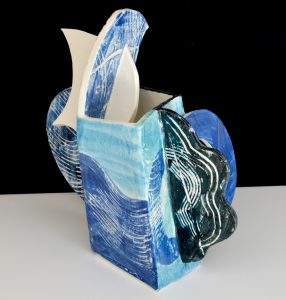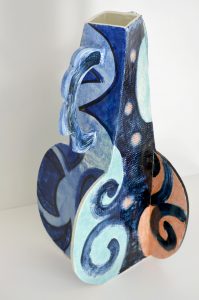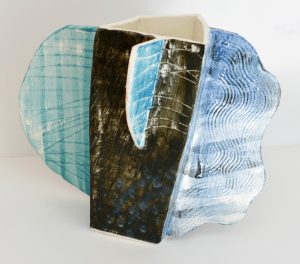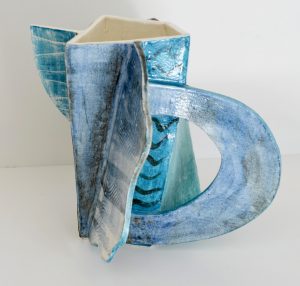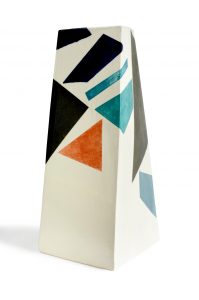Sizzle v Sausage
Are you as confused as we are with emojis of giraffes in sunglasses, smiling coiled poos and aubergines? Well, relax. It’s just that the world of our cultural references is becoming increasingly visually based, that’s all. It’s a cliché that a picture tells a thousand stories, but what writing can surpass the photo of the workmen having lunch atop a skyscraper, or of the tank man of Tiananmen Square, or of the sailor kissing the girl in Times Square?
Which leads me to the more mundane issue of imagery and marketing. Images act as storytellers. You can evoke an emotion by using a high-quality image that can then draw visitors to your website. They will take in the image, and in a split second decide whether the rest of your site is going to be relevant to them.
Though a long-standing colleague and friend says “it’s the sausage in the frying pan, not the sizzle that counts”, obviously using the image of a nightingale singing, or of Michelangelo’s David with tulips growing out of his head, or of a fat rat called Eric, or of a Hereford cow, or of a fish with an Elvis hairstyle, is not really going to encourage a visitor who is interested in ceramics to keep on clicking. All of which Peter Arscott Ceramics has been guilty of, despite warnings from Spiro, Head of Marketing.
Which explains the images at the top of this blog – visually stunning compositions that have been set up, photographed and edited by someone who knows her craft – click here for a link to her site. Your eyes stay on it that little bit longer, and that extra nano-second may be the difference between leaving or continuing. A post on social media accompanied by an image is ten times likelier to receive engagement.
It turns out that a big chunk of our brain spends its time in visual processing, in part because images can grab our attention so easily. When you clicked onto this blog, did you immediately start reading or did you look at the photos first? The theory is that our visual senses are the most active because quick processing of visual information would have saved our ancestors from an attack by a predator.
A quick visit to Chichester via the M3 and A27 is a real test of anybody’s visual processing: looking out for signs at the spaghetti-like interchanges and dealing with predatory lorries on their way to Southampton docks is a bit like going on a hunting expedition. One of our ceramics has been chosen for exhibition at the Oxmarket Open and had to be delivered to the Oxmarket Gallery, a deconsecrated church formerly St Andrew’s, in the heart of the city, and beautifully redesigned as an Arts centre. The piece in question is a Willow Pattern Protest Vase – see relevant blog here.
The good news its that the ceramic was chosen as one of the joint winners of the Applied Arts Prize, selected by glass artist Adam Aaronson: an exhibition of ceramics in 2023 awaits. Watch this space. The other winner is Jane Eastell, whose instagram handle is @thepotterycabin_lm.
One of the few things saved from the redundant parish church of St Andrew, Oxmarket, was the memorial to John Cawley, which was moved to the cathedral where you can see it now. He was thrice Mayor of Chichester, and his son William (d. 1666) is also commemorated. William was a philanthropist and a staunch republican, signing Charles I’s death warrant. I think Cawley Senior’s expression is priceless, and probably not one that is meant to convey goggle-eyed confusion, but I can’t help feeling I’ve met him somewhere before..
I’ve resisted the temptation to sign off with a relevant limerick that starts with “there was a young woman from Chichester, who made all the saints in their niches stir…” because Spiro says it is too lewd. Instead, why not visit the cathedral which has a stained glass window by Mark Chagal, a tapestry by John Piper and a painting by Graham Sutherland amongst its collection of art.
But of all the monuments, the Arundel tomb is the best known – the inspiration for Philip Larkin’s poem of that name, and even though he himself said that love isn’t stronger than death just because statues hold hands for six hundred years, we can’t help reading the poem in that way:
… the stone fidelity
They hardly meant has come to be
Their final blazon, and to prove
Our almost-instinct almost true:
What will survive of us is love.
And drop in to see the Willow Pattern protest vase too.























